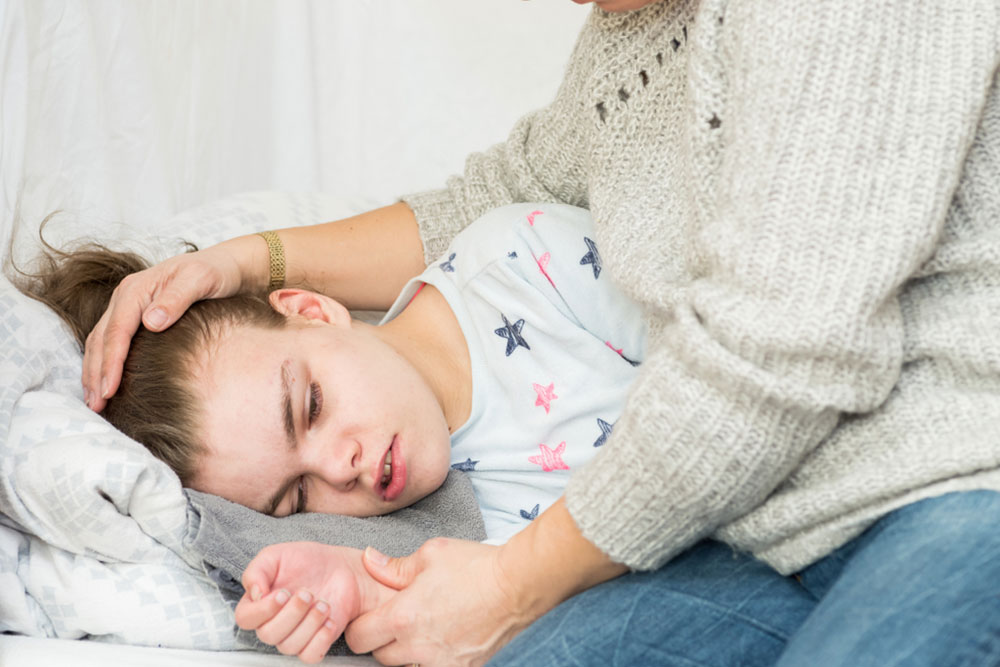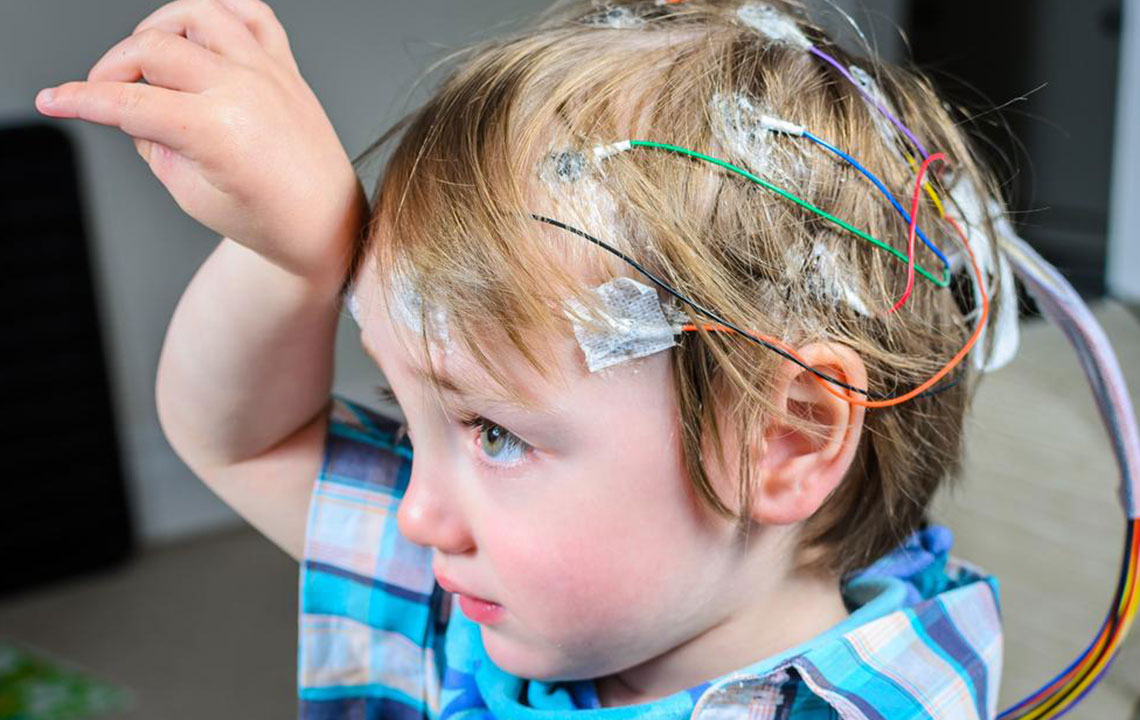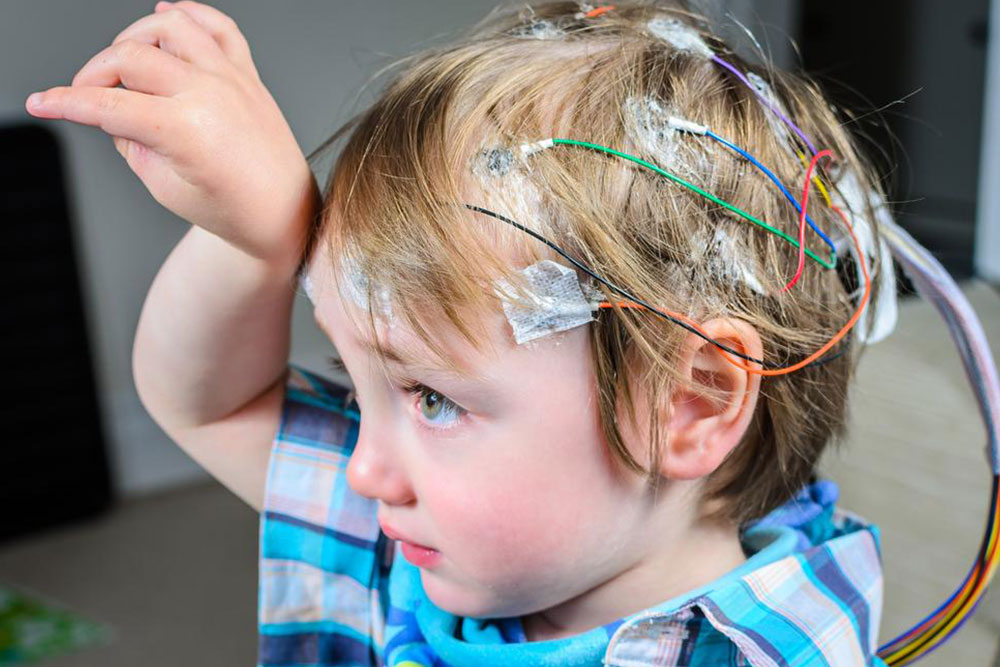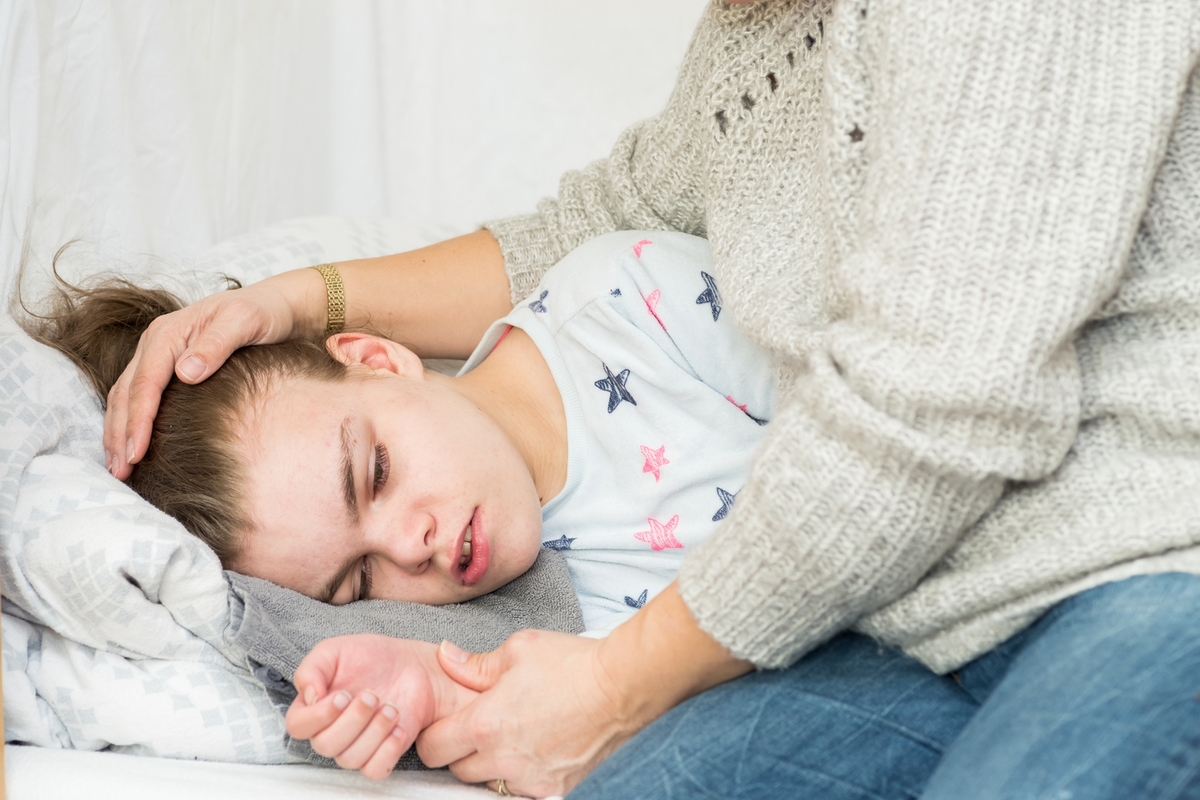Comprehensive Guide to Nighttime Seizures: Causes, Symptoms, Diagnosis, and Management
This comprehensive guide explores nighttime seizures, detailing their causes, symptoms, and diagnostic methods. It emphasizes the importance of early detection and tailored treatment options to manage and prevent nocturnal episodes. Learn how medical evaluations, lifestyle adjustments, and ongoing care can improve safety and quality of life for affected individuals.

Comprehensive Guide to Nighttime Seizures: Causes, Symptoms, Diagnosis, and Management
Nighttime seizures, also known as nocturnal seizures, are neurological events that occur during sleep. These episodes are often overlooked or misdiagnosed because they happen when individuals are unconscious or unaware of their movements. Understanding the underlying causes, recognizing the symptoms, and knowing how healthcare professionals diagnose and manage these seizures are crucial steps in ensuring safety and improving quality of life for affected individuals. This thorough guide explores all aspects of nocturnal seizures to educate patients, caregivers, and medical practitioners alike.
What are Nighttime Seizures?
Nighttime seizures are episodes of abnormal electrical activity in the brain that manifest while a person is sleeping. They can present with a variety of symptoms, from subtle behavioral changes to violent convulsions. Although they are less visible than daytime seizures, their impact on sleep quality, overall health, and daily functioning is significant. Left untreated, they may lead to increased risks of injuries, exhaustion, and deterioration of mental health. Therefore, comprehensive understanding and timely intervention are paramount.
Understanding the causes of night-time seizures involves exploring various risk factors and medical conditions that predispose individuals to these episodes. Here's an in-depth look at potential causes:
Epilepsy: As the most common underlying condition, epilepsy is a neurological disorder characterized by abnormal electrical activity in the brain. People with epilepsy can experience seizures both while awake and during sleep, making it a primary contributor to nocturnal seizures. The type of epilepsy and seizure frequency vary among individuals, with some experiencing frequent episodes during nighttime hours.
Other Neurological and Physical Conditions: Brain tumors, infections such as meningitis or encephalitis, traumatic brain injuries, strokes, and metabolic disturbances like hypoglycemia or hyponatremia can trigger seizures during sleep. These conditions disrupt normal brain function and electrical stability, increasing the likelihood of nocturnal episodes.
Genetic Predisposition: Certain genetic mutations and hereditary factors can elevate the risk of specific types of sleep seizures. These genetic influences can affect neuronal excitability, leading to increased susceptibility during sleep.
Sleep Disorders and Disrupted Sleep Patterns: Conditions such as sleep apnea, narcolepsy, and restless leg syndrome interfere with normal sleep architecture. These disruptions can create a neurological environment conducive to provoked seizures during sleep episodes.
Medications and Substance Use: Some drugs used to treat other health conditions may inadvertently lower seizure thresholds or have side effects that promote seizure activity. Substance abuse, including alcohol or recreational drugs, can also be a trigger for nocturnal seizures.
In addition to these causes, severe health issues such as brain tumors or infections require prompt medical evaluation to determine their role in seizure episodes. Accurate diagnosis involves detailed medical history, physical examination, and specific testing methods.
Recognizing Symptoms of Nighttime Seizures
Detecting seizures that occur at night can be challenging, especially because individuals are asleep and may not report or remember the episodes. Symptoms vary depending on the seizure type—focal (partial), generalized, or tonic-clonic—and their severity. Recognizing the signs early can facilitate prompt diagnosis and treatment, ultimately reducing risks and improving lives.
Involuntary Movements: These include jerking, twitching, or stiffening of muscles in the limbs, occasionally escalating to violent thrashing. Some individuals might simply jerk or thrash without waking up, but others may wake during or immediately after an episode.
Altered Breathing Patterns: Breathing irregularities such as apnea, irregular respirations, or gasp episodes are common during seizures. For individuals with pre-existing sleep-related breathing issues, seizure-related pauses in breathing pose additional dangers.
Post-seizure Confusion and Memory Loss: Many patients experience temporary disorientation, difficulty understanding their surroundings, or memory lapses following a seizure. These cognitive effects can last from several minutes to hours.
Incontinence: Loss of bladder or bowel control during a seizure is also prevalent and can cause social embarrassment or trauma, especially if it occurs unexpectedly during sleep or social activities.
Sleep Disruption and Fatigue: Seizures interfere with the sleep cycle, leading to fragmented sleep, excessive daytime drowsiness, fatigue, and reduced alertness. This can impair daily functioning and increase the risk of accidents, particularly during activities like driving or operating machinery.
Unusual Noises and Behaviors: Snoring, moaning, grunting, or other abnormal vocalizations might be noticed during episodes, affecting bed partners or caregivers.
In children, these symptoms often manifest as early morning movements, unusual sleeping positions, or bedwetting. Adults may experience similar episodes but might be less prone to sleepwalking or enuresis. Recognizing these signs enables timely medical consultation.
Diagnostic Approaches for Nighttime Seizures
Diagnosing nocturnal seizures presents unique challenges because episodes occur during sleep and might not be observed directly. A comprehensive evaluation involves multiple diagnostic tools to identify seizure types, understand underlying causes, and formulate a personalized treatment plan.
Electroencephalogram (EEG): This non-invasive test records electrical activity of the brain through scalp electrodes. It helps detect abnormal brain wave patterns associated with seizures. During sleep EEG, specific abnormalities might become evident only during sleep stages.
Video-EEG Monitoring: Combining EEG with continuous video recording, this method allows physicians to correlate observed behaviors with specific brain activity. It is the gold standard for diagnosing elusive seizures, especially those occurring only during sleep.
Sleep Studies (Polysomnography): Conducted overnight, this comprehensive test monitors brain waves, eye movements, muscle activity, heart rate, and breathing patterns. It can identify sleep disorders contributing to seizure activity and help differentiate between seizure-related awakening and other sleep disturbances.
Medical History and Physical Examination: A detailed review of patient history, including seizure episodes, family history, medication use, and sleep patterns, combined with physical and neurological exams, helps exclude other causes of nocturnal episodes.
Final diagnosis requires collaboration among neurologists, sleep specialists, and other healthcare providers. Tailoring the treatment plan based on precise diagnosis significantly improves management outcomes.
Management and Prevention of Nighttime Seizures
Controlling nocturnal seizures involves a comprehensive approach that includes medication, lifestyle modifications, and addressing underlying conditions. Adherence to medical advice and regular monitoring are essential to reduce seizure occurrences and enhance safety.
Medication: Antiepileptic drugs (AEDs) are the primary treatment for controlling seizures. The choice of medication depends on seizure type, frequency, and underlying causes. Regular medication reviews ensure optimal management and minimize side effects.
Sleep Hygiene and Lifestyle Adjustments: Maintaining a consistent sleep schedule, avoiding sleep deprivation, reducing stress, and managing triggers like alcohol or stimulants can decrease seizure risk. Creating a safe sleeping environment—removing hazards and installing padding or alarms—enhances safety during seizures.
Treating Underlying Conditions: Managing comorbidities such as sleep apnea with CPAP therapy or addressing infections and tumors can reduce seizure frequency.
Monitoring and Support: Using seizure alert devices or wearable monitors can notify caregivers during episodes, preventing injuries. Education about seizure management programs is vital for patients and families.
Regular Medical Follow-ups: Continuous assessment by healthcare professionals ensures medication efficacy, monitors side effects, and updates treatment plans as needed.
In cases of refractory seizures, where medications are ineffective, surgical options or neuromodulation therapies such as vagus nerve stimulation may be considered. Multi-disciplinary management involving neurologists, sleep specialists, and mental health professionals provides the best outcomes.
Early recognition, precise diagnosis, and personalized treatment of nocturnal seizures significantly improve patient safety and quality of life. If you or a loved one experiences unexplained night-time movements or disturbances, consult a healthcare professional promptly for evaluation and intervention.





